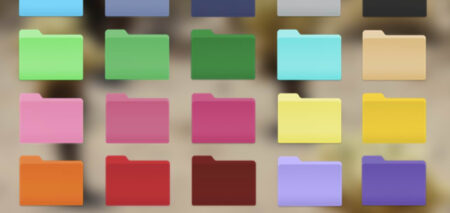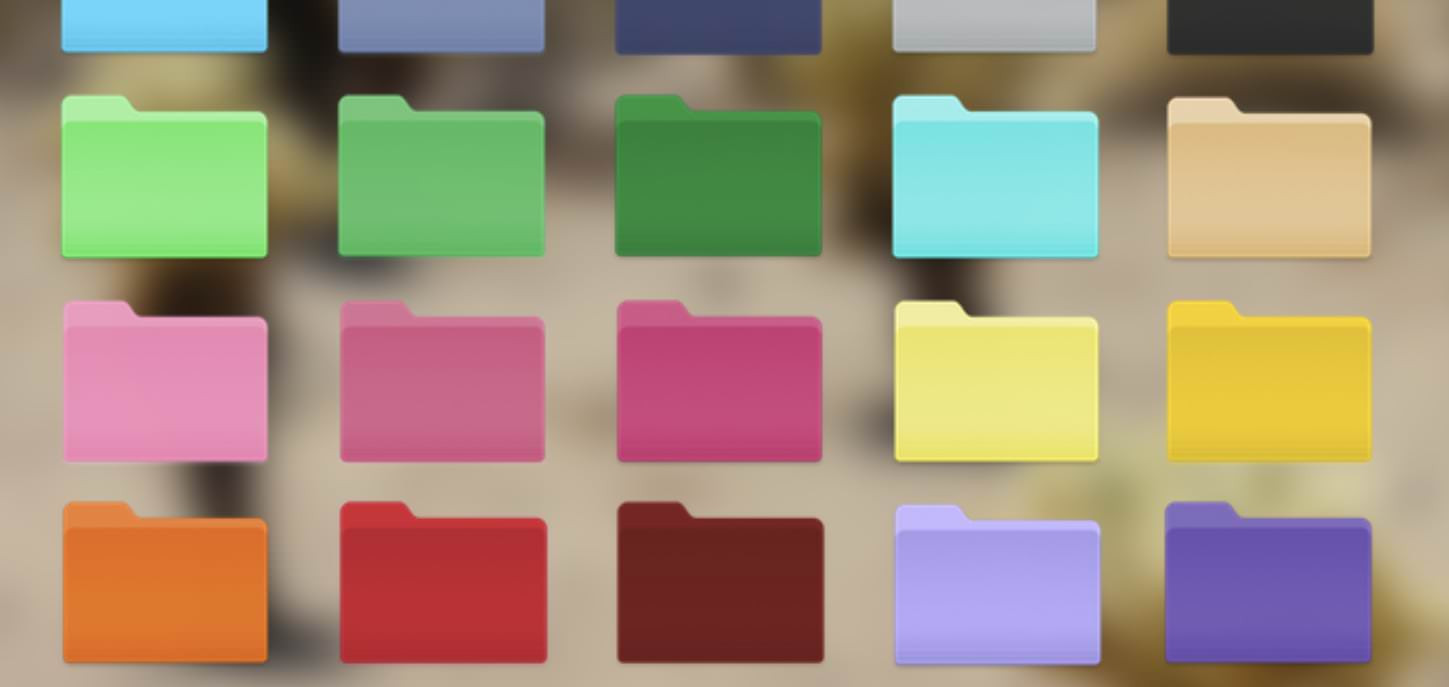 We explain, step by step, how to customize the folders on your Mac with an icon, an emoji, a photo or whatever you want. It will be unrecognizable.
We explain, step by step, how to customize the folders on your Mac with an icon, an emoji, a photo or whatever you want. It will be unrecognizable.
One of the peculiarities of macOS is that it allows you to change the image with which you identify an application, a document or a folder. And it is much easier than you can imagine. Thus, you can customize the folders of your Mac beyond the Documents, Applications or Pictures folders , which have their own icons.
And to personalize folders or documents, you only need an image . Better if it fits the default folder shape or the document that you are going to customize, but you can calmly put emojis, rectangular or square images. Each one has his own preferences. The fact is that, whatever image you use, it will be very easy for you to differentiate some folders from others and thus find what you are looking for at a single glance.
Best of all, you don’t need external applications to customize your Mac documents or folders. Just copy and paste with the help of Finder . Of course, to create your own personalized images, you may have to go to photo retouching tools such as Photoshop, Pixelmator, Canvas or Pixlr . Especially if you are going to customize the default icon. Let’s see what you can do.
Change a folder icon
In macOS, you can change the icon that identifies a folder, document, or app. And it’s as simple as dragging and dropping an image onto that icon. Specifically, you open Finder , select the folder or document that you are going to customize, press Command + i to open the information window and you will see the tiny icon of that folder or document.
In addition to its aesthetic functionality and to differentiate document or application folders, this icon can be manipulated . First, you can copy and paste it into an external application. For example in Preview . Select the icon, press Command + C , open Preview and press Command + N . You already have at your disposal that icon in various resolutions. It also works in other text or image editing applications, so you can insert that icon or image into other images or documents. Or, directly, edit them.
Second possibility to customize the folders of your Mac. You can drag and drop an external image on top of the icon and replace it. So you can change the appearance of folders, documents, etc. By combining these two Finder functionalities it is possible, for example, to create colored folders for different utilities, create different folders with emojis or, directly, insert a logo or any object. Otherwise, you can use JPEG or PNG images.
If you opt for a PNG, you can play with the transparent background to create images with original shapes. For example, a folder with the image of an iPhone or a camera. In my personal case, I have a folder with the icon of my NAS where I keep the files that I will save there. The possibilities are endless.
Restore the original icon of a folder
Changing file or folder icons by copying and pasting or dragging the image is fine. But what if you want to go back to the original icon ? Do I have to look for it there? Nothing of that. You just have to open Finder , select the folder you want to depersonalize, press Command + i to see the information and the icon, and select the icon.
Once the icon is selected, to restore it to its original state, you just have to press the Command + X keys , that is, “cut” the icon. Or if you prefer, go to Edit > Cut . As simple as that. You now have the original icon again. As you can see, changing icons and restoring them is very simple. And unlike when you edit a picture or document, you can always go back to the original without having to search for that icon in a hidden macOS folder.
Change the color of a folder
Let’s put into practice a very practical solution to differentiate macOS folders from each other. For example, something as simple as creating colored folders. It’s a simple yet effective way to customize the folders on your Mac without overcomplicating it. By default, the folders are light blue. But you can go to the color palette in order to have a folder for each thing or for different projects or contents. It is faster to differentiate colored folders than to read their labels or names.
To create colored folders we will use the default icon of any folder. And then we will apply different shades to it without installing any application. We will use the macOS Preview for this, which, as you know, is used for much more than reading PDFs or viewing images on the full screen. For example, you can sign documents, write on them, draw or do simple touch-ups.
As we saw before. First we want a folder icon. To do this, we go to Finder , select a standard folder and press Command + i to see its icon. We select it, copy it with Command + C and finally go to Preview and open that icon with Command + N . Now to color.
We could customize macOS folders by coloring them by hand. But that would take us a long time and it would be fatal. So we better opt for a tool that brings Preview with it . It is called Color Adjustment and you will find it by pressing the Option + Command + C keys or from Tools> Adjust Color… . Now you can apply the color you want. You will not see a color palette but you will see a series of tweaks that, with a slight change, will alter the color of the folder. The result, colored folders .
Yes indeed. Once you have the folder of the color you like, you will have to apply the change to the folder. So far, we have colored the icon image. So we select the main colored image, press Command + C , select the icon to change from the info window and press Command + V . changed. You do not like? Undo the change with Command + X . And start again.
Add emojis to a folder
If you’re more conservative, you might just want standard folders but with an image on top . There are no limits to customizing the folders on your Mac. As is the case, for example, with the folders where you keep documents from Pages, Numbers, Keynote or QuickTime Player. For this you can use the macOS Preview again . We copy the original icon, open it as a new image in Preview with the Command + N hotkey , and finally add images on top of it.
In case you want to use emojis, you can insert them on top as if it were any text. You will have to activate the markup tools (Shift + Command + A) and select the Type tool . Then press the Function + E keys and you will see the emoji window. Choose the one you want, double-click or drag it to the folder. Too small? Select and enlarge it from the Text Style dropdown , whose icon is Aa . At most, it supports size 200.
